#MathFinder Moment
Here is where we share the math we found in the places we go!
We want to hear from you! Take a look at the photos and questions below submitted by
Dr. Max Sherard (SMU). For more context from Max, read his comments in the comment box below.
SHARE YOUR COMMENTS NOW!
How does the ratio of glass windows to the total surface area of a building façade vary amongst the buildings? Do buildings with a higher glass window to total surface area feel different inside? Are they warmer? Are they more expensive to live in?
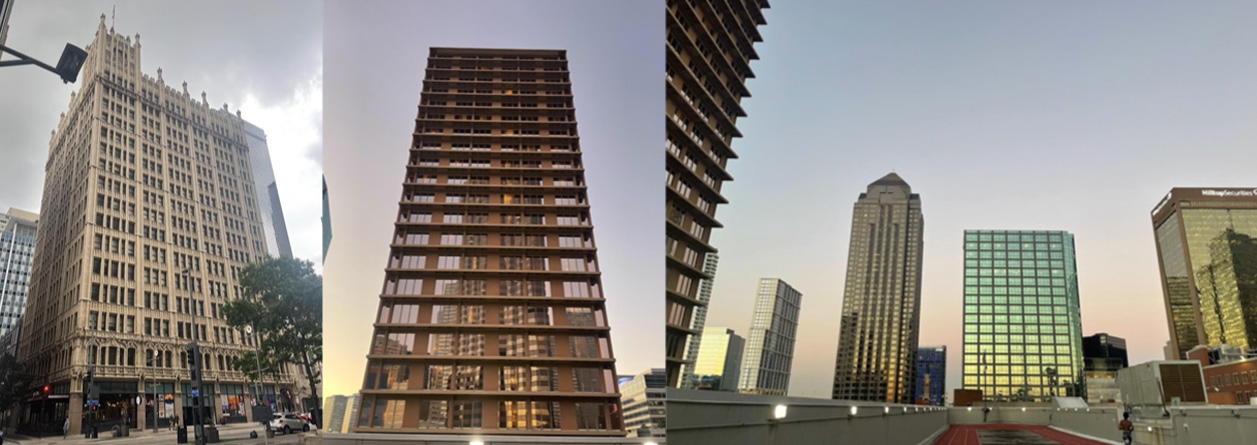
In our future newsletters, we will be profiling your MathFinder moments! Please share your photos from the places you go (could be anywhere) and your MathFinder questions with us here.
Partner Spotlight:
Dallas Zoo
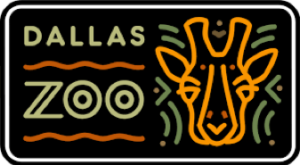
The Dallas Zoo is dedicated to creating a better world for animals. Named one of the nation’s Top 10 Zoos by USA Today, it is the largest zoological experience in Texas. The Zoo has been accredited continuously by the Association of Zoos & Aquariums since 1985, and features a 106-acre park, thousands of animals, and an education department that offers programs for all ages integrating best practices and research-based approaches from the fields of environmental education, conservation education, and STEM education.
As a wildlife conservation organization providing care for diverse animal residents, the Zoo is staffed with experts who do STEM everyday. To highlight this work and to bring it to light for guests, the Zoo has been working with talkSTEM to develop walkSTEM materials that can be used on-site or before and after a Zoo visit. As a partner site for the MathFinder project, the Zoo provided a camp in Fall 2021 incorporating four walkSTEM videos investigating mathematical patterns.
In the Community:
Meet Marti Copeland from Dallas Zoo
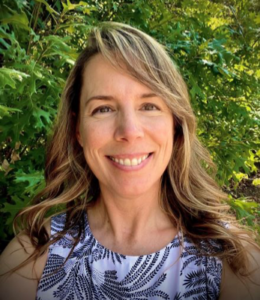
Name: Marti Copeland
Role in Organization: Senior Director of Education
Q: What are one or more favorite places you like to go to in the city of Dallas?
A: I love to attend the State Fair of Texas every fall! I also enjoy visiting the DMA, Nasher, and Klyde Warren Park as a special day out with my daughter.
Q: What is your dream vacation?
A: Italy has been at the top of my list for awhile — I would love to explore the Italian countryside as well as popular tourist spots in Rome, Venice, Naples, Verona, Florence.
Q: When you aren’t working, what is something that you love to do?
A: I love hiking, exploring new places, and spending time with my family.
Free Resources for Partner Sites and our Growing Community
Please click here to check out the MathFinder website! Click here to sign-up to receive occasional emails regarding MathFinder news and updates! Please share with your networks – anyone interested in this work is welcome to join the MathFinder community.
We invite our wonderful partner sites to Create Your Own Math Walk stop. View this quick but comprehensive guide and feel free to reach out to us for help! You can make it a quick and easy photo or a video or a flyer or…..(lots of choices and all described in the guide). Definitely reach out to Hannah or Koshi if you want our help in any way.
Click here to view the MathFinder Passport developed and shared by our wonderful MathFinder team members at St. Philip’s School and Community Center! We love this idea and many of you did too – at our Dec 1 meeting. We are big believers in being inspired by each other so do feel free to borrow this idea and adapt as you wish for your community. Let us know if we can help.
Click here to see an example of signage at Frontiers of Flight Museum (FOFM) for visitors to easily download the math walk video guides that are up on the Otocast app! If you would like signage, we are happy to help with creating as we did at FOFM.
Podcast
Episode 4 of the MathFinder podcast, featuring Rosalie Wade from the Frontiers of Flight Museum and Elizabeth Stringer from SMU Guildhall, is coming soon!
Click here to listen to the podcast on our website. You can also listen to our podcast on Spotify, Apple, and Google podcasts.
Project Updates
In Spring 2023, we will not be hosting a partner site meet-up. Instead, we offer a collection of varied opportunities for partner sites to get involved in next year and form several working groups. We want to be respectful of your time and invite you to contribute your time to collaborate with each other and with us on the activities that interest you and your organization the most. Working groups will include: summer video creation by youth, Dallas Math Walks Spring Festival or Challenge, summer camps, MiniCast conference, other conferences you may be interested in attending, and other ideas are very welcome too. If you have not yet completed the google form you received in December, please do so ASAP. We are really excited to expand in collaborating with partner sites on opportunities beyond the research that will be taking place at programs at several partner sites each year. This way we can work together to build our MathFinder ecosystem across Dallas in ways that are of greatest interest to each of you. If you have ideas for other activities we can do, let us know!
A quick clarification about the Otocast app: We partner with the freely downloadable Otocast app in order for visitors and students to go on app-guided math walks on your sites freely. talkSTEM has partnered with this travel app for a while. This is not the same as the MathFinder app that is being developed through this grant project. As we develop Math Walk stops at each partner site, we would be happy to share the videos on the Otocast app and encourage you to plan for signage at your site so that students, families, and visitors can go on a math walk easily. For example, here is the tour at Frontiers of Flight Museum on the web version of the Otocast app and here is the tour at the Dallas Arboretum. The MathFinder app is still under development. To learn more about the latter, click here.
Book Recommendations
At our December meeting, we asked everyone who was able to attend for their book recommendations. Whether you have upcoming travel plans or are looking to read more in the new year, we thought it might be fun to share a few suggestions from the MathFinder community!
Forget the Alamo – Bryan Burrough, Chris Tomlinson and Jason Stanford
“An alternate look at the “facts” behind the history of the Alamo”
Atomic Habits – James Clear
“Making big things happen through small changes”
Guns, Germs, and Steel: The Fates of Human Societies – Jared Diamond
“The history of societies through a destructive lens”
Braiding Sweetgrass – Robin Wall Kimmerer
“ Intersection of science and indigenous identities”
Black Food Geographies – Ashanté M. Reese
“Ethnography about a food desert in D.C.”
Events
On December 1st, we held a Mathfinder Partner Site Meetup at Southern Methodist University! Here we discussed how at the partner sites, other than specific research-based activities that are coordinated through talkSTEM and SMU, there are varied and fascinating activities and projects taking place! We heard presentations from Tamasha Govan and Tia Stevens from St. Philip’s School and Community Center on their MathFinder Passport and from Marcie Hale from Twelve Hills Nature Center on MathFinding and walkSTEM Activities that are available online and in printed brochure format for Twelve Hills visitors. Both partner sites are expanding MathFinding activities on their sites in ways that fit their organizational priorities and cultures with the goal of enriching STEM learning opportunities for children. Kudos to both!
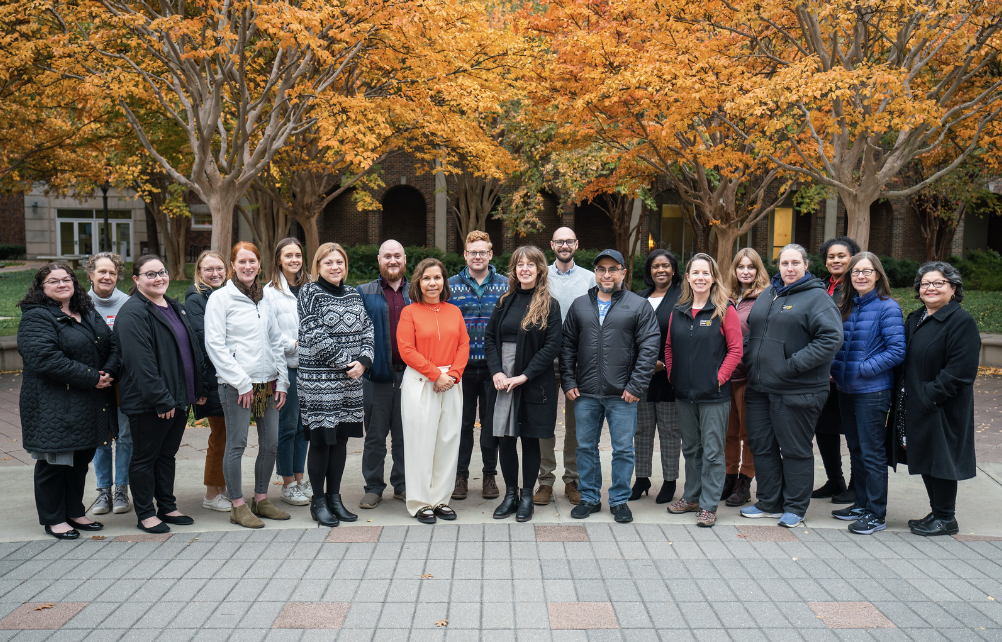
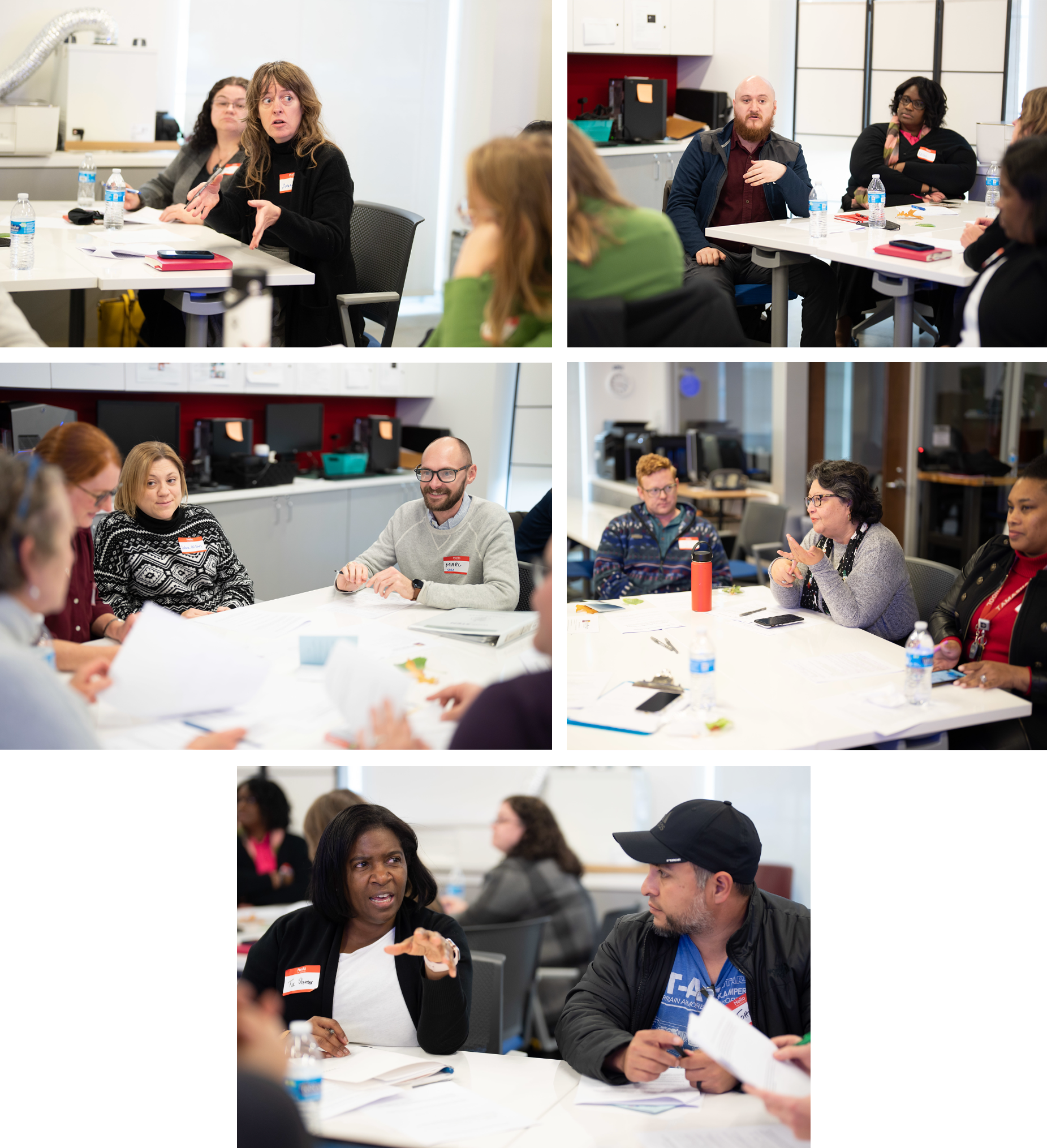
In October, the MathFinder project held a “Metaverse Retreat” at SMU campus in partnership with The GEMS Camp, one of the 9 partner sites involved in the MathFinder project, where high school girls had the opportunity to test and give feedback on the new MathFinder app, and experience a variety of Augmented Reality, Virtual Reality, and Mixed Reality activities!
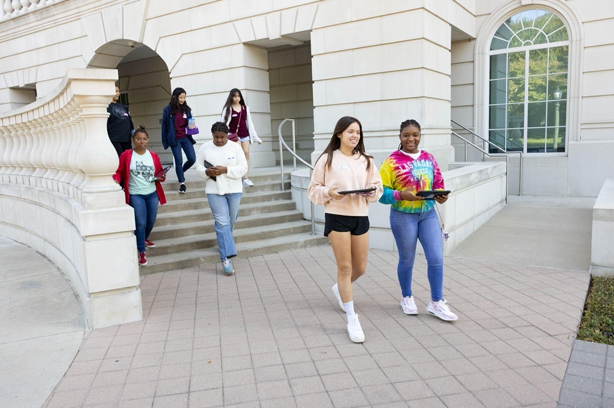

Partner Site Happenings
Here is what’s happening at our partner sites in January:
Dallas Zoo
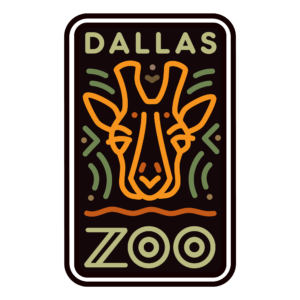
Chill Out and Save During Penguin Days!
Jan. 1 – Feb. 28
General Admission prices fall to $8 for all during Penguin Days at the Dallas Zoo.
Calling all teens!
Zoo Crew applications are open and we are looking for teens aged 13 to 17 who are interested in learning about all facets of working at your Dallas Zoo! Learn more at ZooCrew | Dallas Zoo
Spring Programs
Spring is just around the corner, and that means registration is now open for new sessions of our most popular programs for our youngest explorers! Join us for Stroller Buddies, Wildlife Heroes Club, or one of our drop-off Safari programs. View all program offerings here: Education Programs | Dallas Zoo
Saving Mussels: Litter Pick-up
January 14 @ Danieldale Park
Thank you to everyone who filled out our 2023 Take Action in Dallas survey; join us for our first Take Action Project of the new year at a location selected by YOU! RSVP at Saving Mussels: Litter Pick-Up | Dallas Zoo
Spread the Word
We are grateful for your continued support and would appreciate your help sharing MathFinder with the community! Please forward this newsletter to anyone in your network who may be interested in receiving our updates. They can also join our mailing list here.
Guest Blog
Thank you Anna Pickett from Dallas Arboretum for your thought-provoking set of blog posts! Click here to read Part 1 and stay tuned for part 2.
Are you interested in writing a guest blog post for our future newsletters? If so, we would love to hear from you regarding possible topics and you will receive a stipend for your contribution. Examples include different MathFinder activities at your site, learning math in general at your site, etc.! Please reach out to koshi@talkstem.org and hannah@talkstem.org to share your ideas.
Guest blog submission guidelines:
- Word count should be approximately 300-800 words
- Videos and photos are encouraged
- Cite any quotes, data, images, or third party content used


4 replies on “MathFinder Community Newsletter”
Comment shared by Dr Max Sherard, who contributed his Math Moment this month: I spend a lot of my free time walking around the city of Dallas – particularly downtown. I grew up in a small rural town in Eastern North Carolina – where the tallest built structure might be only a couple of floors high. Therefore, the towering buildings in downtown are (still) striking to me. Furthermore, I find the variation in building styles to be compelling and beautiful. Some towers built in the early 1900s are made primarily of concrete, brick, and stone. These towers have smaller windows and seem to be ‘capped’ at around 30 floors from the ground level. Newer towers built in the 1970s and beyond are made primarily of steel and glass. These towers have much larger windows and seem to tower above the older buildings, with the tallest structure being well over 100 floors.
Comment shared by Dr Max Sherard, who contributed his Math Moment this month: I took a few photos to capture the range in building styles downtown. The first photo is of a historic building, built in the Gothic style, which has narrow glass windows and ornate concrete and stone detailing. The second photo is of a hotel, built in a modernist style, with floor-to-ceiling glass windows and concrete details between each floor. The last photo, is an office building, also built in a modernist style, but which is totally made of glass. As I reflect on these buildings – from the ground looking up – I begin to wonder how the experience inside of these buildings is influenced by their building materials. Specifically, I ask: How does the ratio of glass windows to the total surface area of a building façade vary amongst the buildings? Do buildings with a higher glass window to total surface area feel different inside? Are they warmer (because the amount of sunshine that permeates the windows? Are they more expensive to live in (because the views are better)? More broadly, I begin to wonder about the tangled relationship between the mathematical design of buildings and the experience of the city. Must beautiful views and aesthetic buildings always be more expensive? Can we design homes that are both affordable and aesthetic?
I love that these questions open themselves to looking at more buildings and determining if there is a pattern as it relates to the ratios of glass to surface area and the heights of the buildings. This would be fabulous to connect to sustainable energy sources and efforts to warm or cool buildings with these aesthetics.
What a great learning extension and connection, Tamasha. If you try this out with your students, please do share. It’d be a fun way to further use Max’s photos or any photos the kids or you have of modern structures!